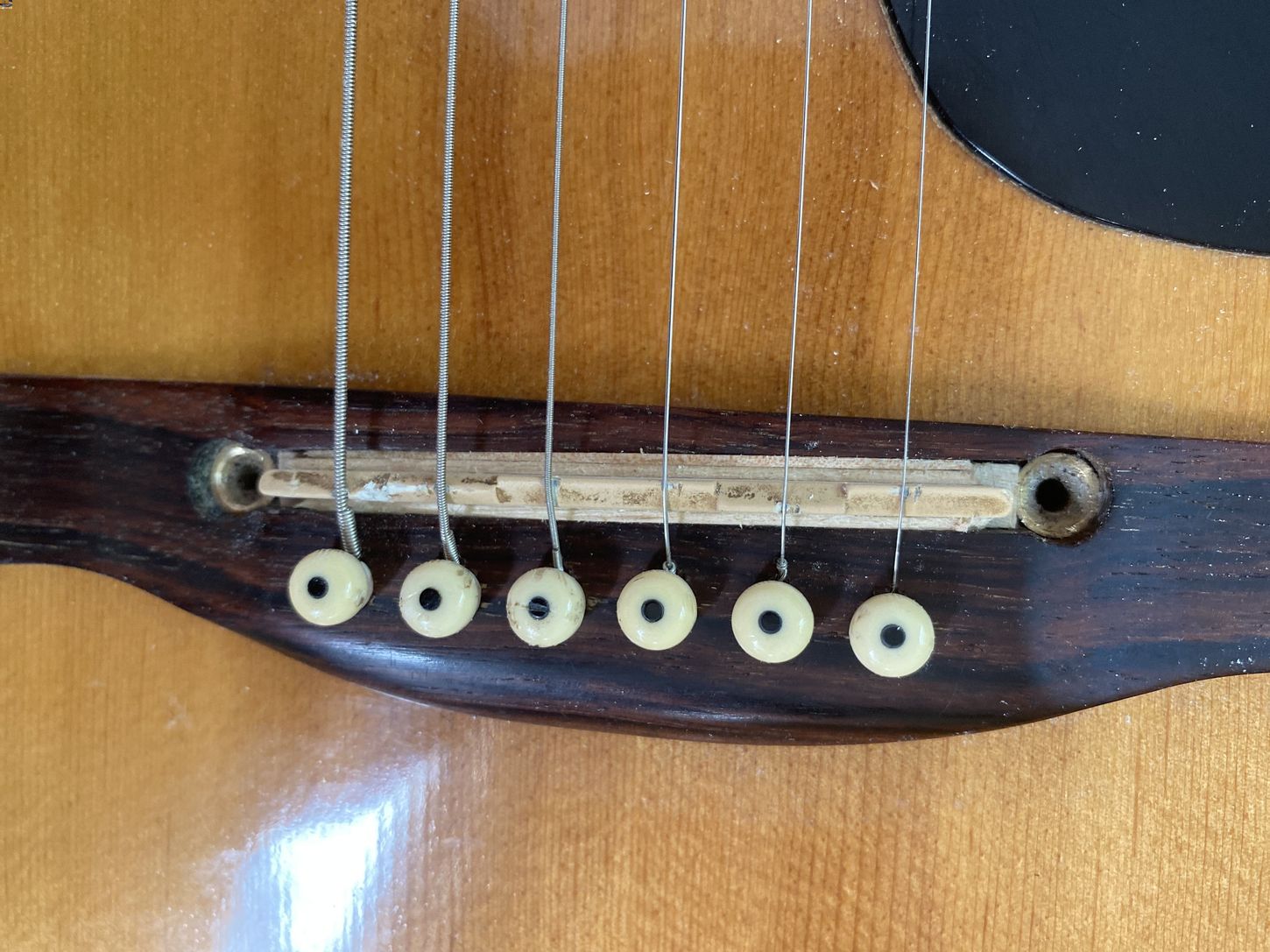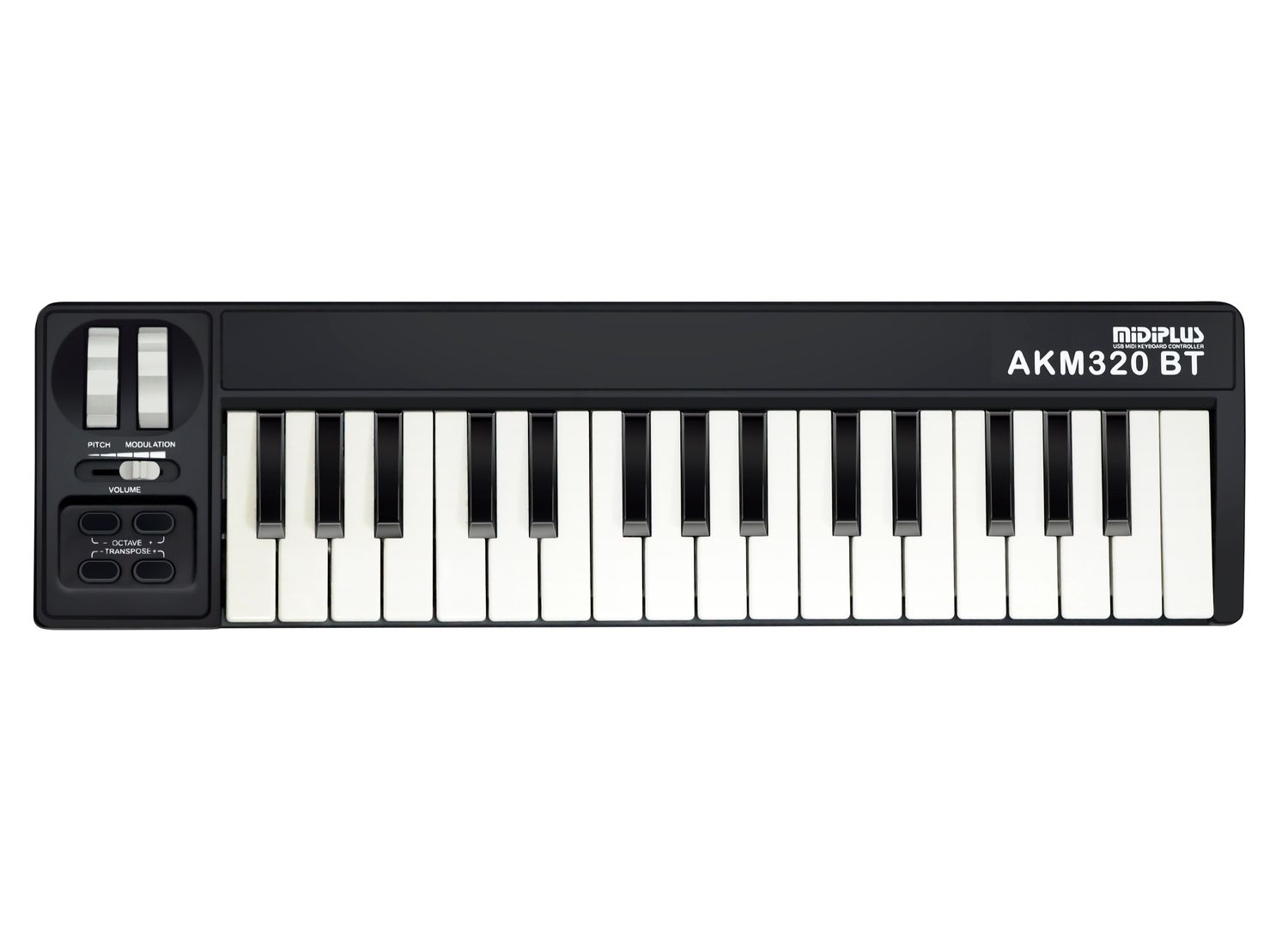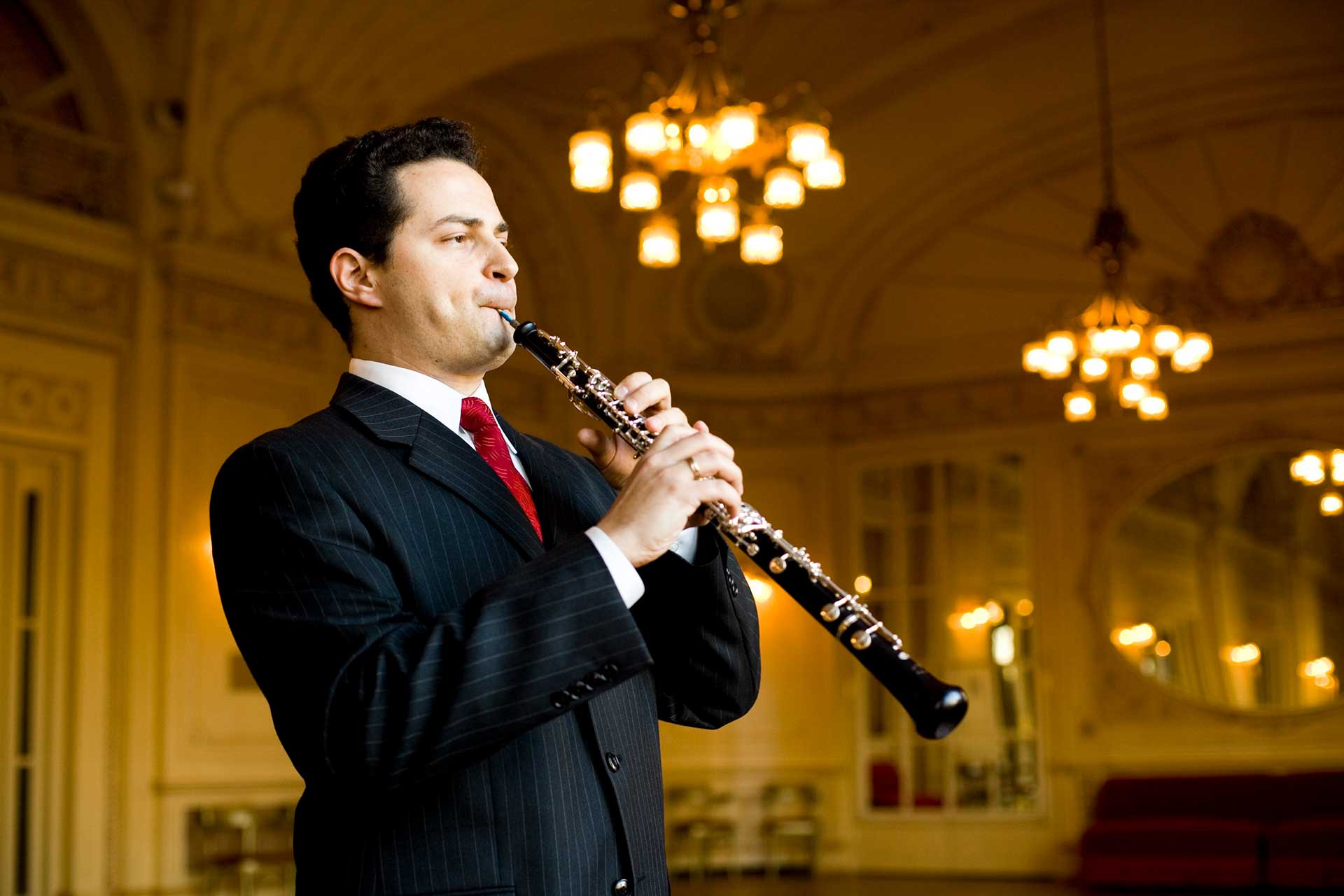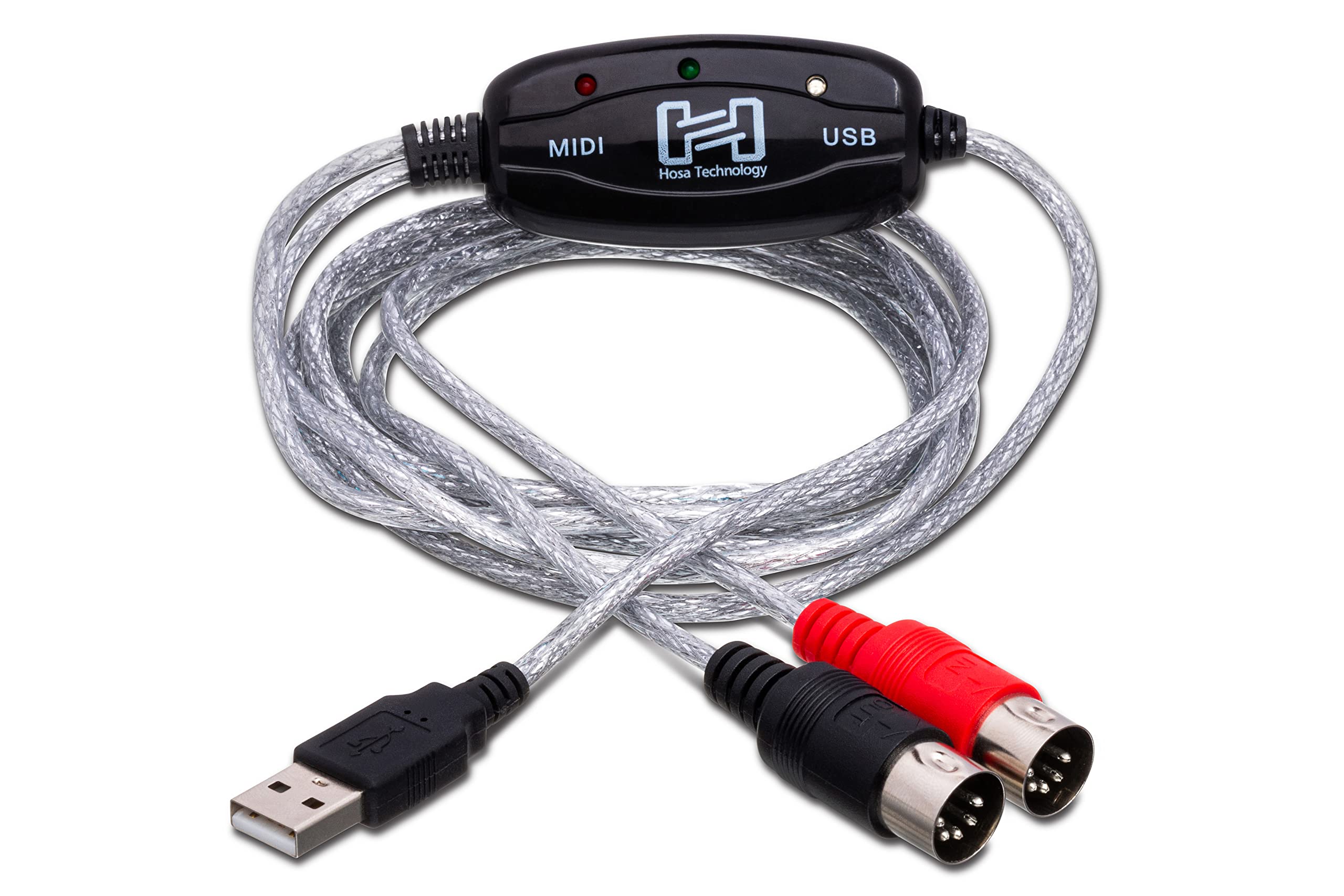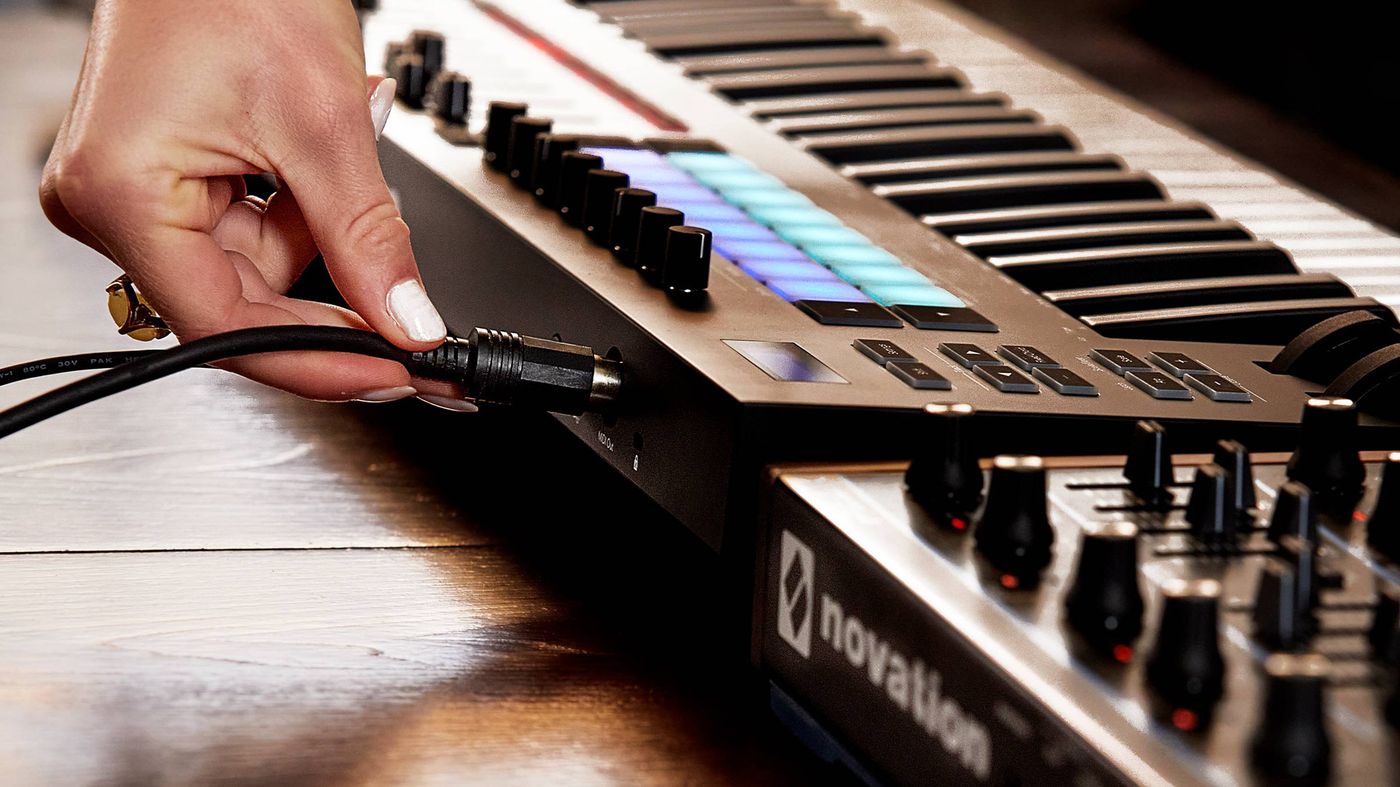Home>Production & Technology>MIDI>Why Does MIDI Go To 127
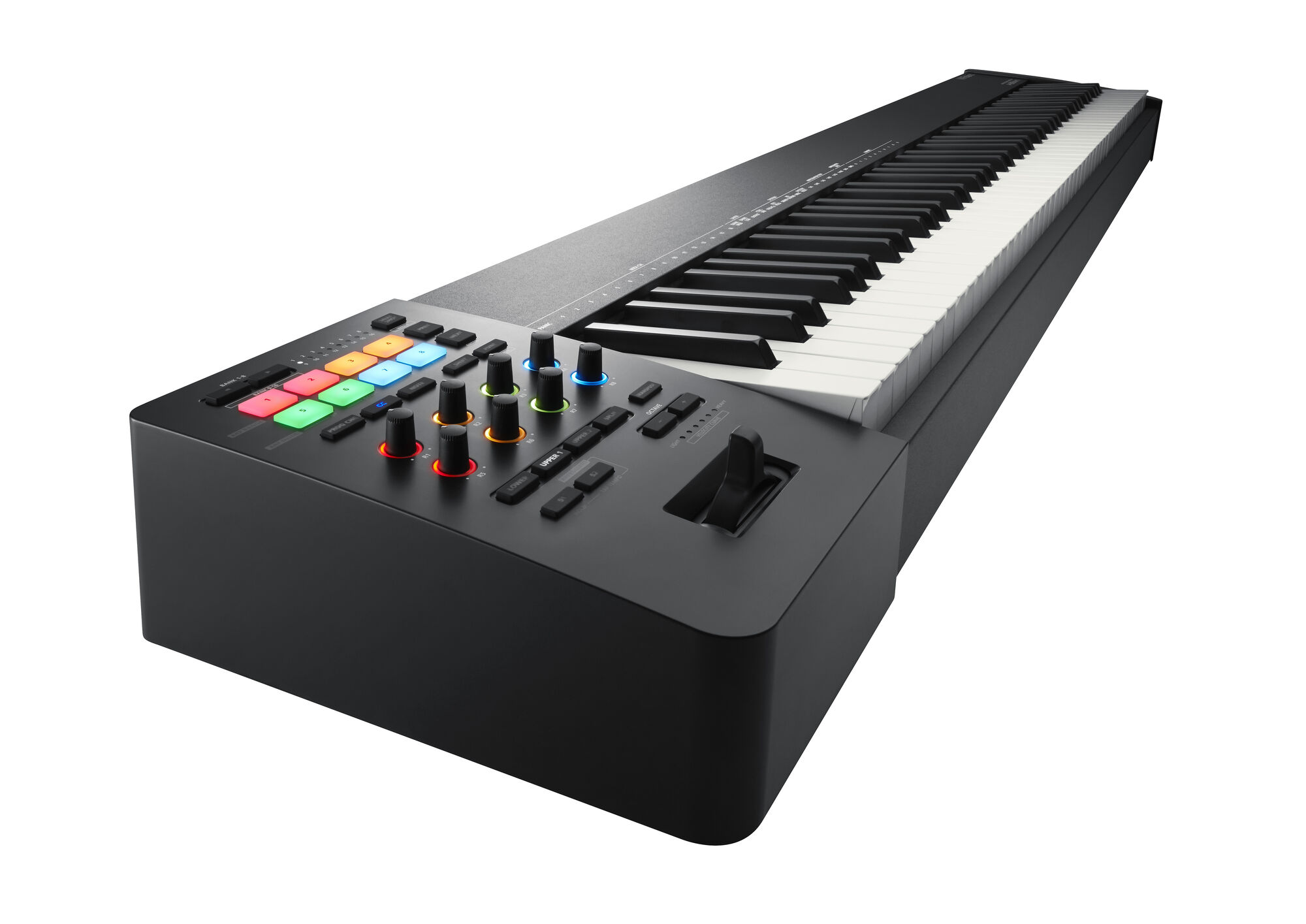

MIDI
Why Does MIDI Go To 127
Published: February 22, 2024
Discover why MIDI goes up to 127 and how it impacts music production. Learn about the significance of the MIDI range and its influence on digital instruments.
(Many of the links in this article redirect to a specific reviewed product. Your purchase of these products through affiliate links helps to generate commission for AudioLover.com, at no extra cost. Learn more)
Table of Contents
Introduction
Have you ever wondered why MIDI seems to have a fascination with the number 127? It's a curious aspect of MIDI that has puzzled many music enthusiasts and producers. In this article, we'll delve into the intriguing world of MIDI and explore the reasons behind its affinity for the number 127. Understanding this aspect of MIDI can provide valuable insights into the technical and historical foundations of this widely used musical interface.
MIDI, which stands for Musical Instrument Digital Interface, is a versatile protocol that has revolutionized the way music is created, performed, and recorded. It serves as the digital language through which electronic musical instruments, computers, and other devices communicate with each other. This seamless exchange of musical information has empowered musicians and producers to unleash their creativity in unprecedented ways.
The number 127 holds a special significance within the realm of MIDI. It is deeply ingrained in the technical specifications and operational parameters of MIDI devices and software. This seemingly arbitrary number has a profound impact on the range and precision of musical expression that MIDI facilitates. By unraveling the mystery of why MIDI gravitates towards the value of 127, we can gain a deeper appreciation for the intricacies of this transformative technology.
As we embark on this exploration, we will uncover the historical context that shaped the development of MIDI and led to the establishment of 127 as a pivotal value. We will also examine the technical limitations and practical considerations that influenced the adoption of this specific range within the MIDI framework. Furthermore, we will illuminate the far-reaching implications of this numerical choice on the landscape of music production and performance.
Join us on this captivating journey through the inner workings of MIDI as we unravel the enigma of why MIDI goes to 127. Through this exploration, you'll gain a newfound understanding of the remarkable impact that MIDI has had on the world of music, and the significance of the number 127 within its intricate tapestry.
Understanding MIDI
MIDI, short for Musical Instrument Digital Interface, serves as the backbone of modern music production and performance. It is a universal language that enables electronic musical instruments, computers, and audio devices to communicate seamlessly with each other. This digital protocol revolutionized the music industry by providing a standardized method for transmitting musical information, including note-on and note-off commands, velocity, pitch, and control signals.
At its core, MIDI functions as a versatile communication platform that transcends the limitations of traditional analog connections. Unlike audio signals, which capture the actual sound produced by an instrument, MIDI data represents the musical instructions and performance nuances. This distinction allows for unparalleled flexibility in manipulating and shaping musical elements, empowering musicians and producers to refine their compositions with precision.
MIDI operates on a set of fundamental principles that form the basis of its functionality. It utilizes a range of values to convey various parameters, such as note pitches, velocity, and control changes. These values are transmitted in a structured format, allowing compatible devices to interpret and respond to the transmitted data accurately.
One of the defining features of MIDI is its ability to transmit a wide array of musical information in real time. This includes capturing the dynamics of a performance, such as the force with which keys are struck on a keyboard or the pressure applied to a MIDI controller's pads. Additionally, MIDI facilitates the synchronization of multiple instruments and devices, enabling seamless coordination within a musical ensemble or a studio setup.
Furthermore, MIDI is not limited to traditional musical instruments; it extends its reach to encompass a diverse range of devices, including synthesizers, drum machines, digital audio workstations (DAWs), and software plugins. This universal compatibility has fostered a rich ecosystem of interconnected tools and technologies, fostering innovation and creativity in music production.
The versatility and ubiquity of MIDI have made it an indispensable component of modern music creation. Its influence spans across diverse genres and styles, from electronic music and pop to film scoring and classical compositions. By serving as the digital conduit through which musical ideas are exchanged and realized, MIDI has become an integral part of the creative process for musicians, producers, and sound designers worldwide.
In essence, understanding MIDI entails recognizing its pivotal role in shaping the landscape of contemporary music. Its capacity to facilitate expressive communication between musical devices and software has elevated the art of music production to unprecedented heights, fostering boundless opportunities for artistic expression and sonic exploration.
The Range of MIDI Values
The realm of MIDI encompasses a diverse spectrum of values that underpin the transmission of musical data. These values serve as the building blocks of MIDI communication, enabling the exchange of crucial information that defines the intricacies of musical expression. Understanding the range of MIDI values is essential for grasping the nuances of this powerful protocol and its impact on music production.
One of the fundamental aspects of MIDI values is the representation of note pitches. MIDI employs a numerical system to encode the pitch of musical notes, spanning from 0 to 127. This range corresponds to the full spectrum of musical pitches, covering all the notes within multiple octaves. Each value within this range corresponds to a specific pitch, allowing MIDI devices to accurately interpret and reproduce musical melodies and harmonies.
In addition to note pitches, MIDI values also encompass velocity, which denotes the intensity or force with which a note is played. Velocity values range from 0 to 127, with 0 representing the absence of velocity (i.e., a note-off command) and 127 signifying the highest velocity (i.e., a powerful and emphatic note-on command). This dynamic range of velocity values enables MIDI instruments to capture the nuances of a performer's touch, adding depth and realism to musical performances.
Furthermore, MIDI control change messages introduce a broad array of values that govern various parameters, such as modulation, expression, and timbre. These control change values enable musicians and producers to manipulate and shape the sonic characteristics of MIDI instruments in real time, fostering expressive and dynamic musical performances.
The range of MIDI values extends beyond note pitches, velocity, and control changes to encompass a multitude of parameters, including pitch bend, channel pressure, and program changes. Each of these parameters is assigned a specific range of values, contributing to the comprehensive framework through which MIDI devices communicate and interact with each other.
By embracing a rich tapestry of values, MIDI empowers musicians and producers to articulate their musical visions with precision and artistry. The expansive range of MIDI values forms the bedrock of expressive communication within the realm of electronic music, enabling performers and composers to imbue their creations with emotion, depth, and character.
In essence, the range of MIDI values serves as a cornerstone of musical expression, providing a versatile and nuanced palette through which artists can convey their creative impulses. This comprehensive framework lies at the heart of MIDI's transformative influence on the art of music production and performance, embodying the boundless potential for innovation and sonic exploration that MIDI has unlocked for musicians worldwide.
The Historical Context
The historical roots of MIDI's association with the number 127 can be traced back to its inception in the early 1980s. During this pivotal period, the music industry was undergoing a technological revolution, marked by the emergence of electronic instruments and the growing influence of computer-based music production. As musicians and innovators sought to bridge the gap between disparate musical devices and equipment, the need for a standardized communication protocol became increasingly apparent.
In response to this demand, a consortium of leading music technology companies joined forces to develop a universal interface that would facilitate seamless interaction between electronic musical instruments, computers, and other audio devices. This collaborative effort culminated in the creation of the Musical Instrument Digital Interface, or MIDI, which was officially unveiled in 1983.
The establishment of MIDI marked a watershed moment in the history of music technology, as it heralded a new era of interconnectedness and interoperability within the realm of electronic music. By defining a common language for musical communication, MIDI transcended the barriers that had previously hindered the integration of diverse musical instruments and equipment.
Within the MIDI specification, the number 127 emerged as a pivotal value that shaped the range and precision of musical expression. This numerical choice was informed by technical considerations and practical constraints inherent in the early implementations of MIDI. The decision to adopt a range of 128 values for parameters such as note pitches, velocity, and control changes was rooted in the binary nature of digital communication, where values are often represented using 7-bit or 8-bit encoding.
In the context of MIDI, the use of 7-bit values allowed for a range of 128 distinct possibilities, with 0 being the minimum value and 127 representing the maximum value. This binary representation aligned with the underlying architecture of digital systems, enabling efficient and standardized data transmission across a wide array of MIDI-compatible devices.
Furthermore, the choice of 127 as the upper limit for MIDI values reflected a balance between technical feasibility and musical expressiveness. This value range provided a sufficient degree of resolution for capturing the nuances of musical performances while remaining compatible with the binary encoding schemes prevalent in early MIDI hardware and software implementations.
As a result, the number 127 became deeply entrenched in the fabric of MIDI, serving as a cornerstone of its operational framework and influencing the design of MIDI-compatible instruments, controllers, and software. This historical context sheds light on the formative factors that led to the prominence of 127 within the realm of MIDI, underscoring its significance as a foundational element of this groundbreaking musical interface.
In essence, the historical context surrounding MIDI's development illuminates the rationale behind the association with the number 127, highlighting the convergence of technical considerations, industry collaboration, and the quest for universal musical connectivity. This historical backdrop provides valuable insights into the enduring impact of MIDI and the enduring legacy of its numerical conventions within the realm of music technology.
The Technical Limitation
The association of MIDI with the number 127 is intricately linked to technical limitations that shaped the early implementations of this groundbreaking musical interface. During the formative years of MIDI's development, digital communication and hardware constraints played a pivotal role in defining the numerical framework of MIDI values. These technical considerations influenced the decision to adopt 127 as a significant value within the MIDI specification.
At the core of MIDI's technical limitation was the prevalent use of 7-bit or 8-bit encoding for representing data in digital systems. In this binary framework, values are typically constrained within a range determined by the number of bits used for encoding. In the case of MIDI, the use of 7-bit encoding allowed for a total of 128 distinct values, ranging from 0 to 127. This binary representation aligned with the underlying architecture of early digital systems, providing an efficient and standardized method for transmitting musical information across MIDI-compatible devices.
The choice of 127 as the upper limit for MIDI values was driven by a delicate balance between technical feasibility and musical expressiveness. While a higher resolution could theoretically be achieved with additional bits, the practical constraints of early MIDI hardware and software implementations necessitated a judicious allocation of resources. The 7-bit encoding scheme offered a pragmatic compromise, providing a reasonable degree of resolution for capturing the nuances of musical performances while remaining compatible with the prevalent digital infrastructure.
Furthermore, the adoption of 127 as the maximum value for MIDI parameters reflected a pragmatic approach to data representation within the constraints of early digital hardware. This value range struck a harmonious balance between precision and efficiency, enabling MIDI devices to convey expressive musical information while adhering to the technical limitations of the era.
In essence, the technical limitation that underpinned MIDI's association with the number 127 exemplifies the intricate interplay between digital encoding, hardware capabilities, and the imperatives of musical expression. This historical context sheds light on the pragmatic considerations that guided the evolution of MIDI's numerical framework, underscoring the ingenuity and resourcefulness that shaped the foundational elements of this transformative musical protocol.
The Impact on Music Production
The association of MIDI with the number 127 has exerted a profound impact on the landscape of music production, shaping the way musicians, producers, and sound engineers approach the creation and manipulation of musical elements. By embracing the numerical framework defined by MIDI, music production has been infused with a level of precision, flexibility, and creative potential that has redefined the art of composing, arranging, and producing music.
One of the pivotal implications of MIDI's numerical conventions is the granular control it affords over musical parameters. The range of MIDI values, including note pitches, velocity, and control changes, enables producers to sculpt and refine every aspect of a musical composition with unparalleled accuracy. This level of precision empowers artists to articulate their artistic vision with exacting detail, whether it involves crafting intricate melodies, shaping expressive dynamics, or modulating timbral characteristics.
Furthermore, the influence of MIDI's numerical framework extends to the realm of digital audio workstations (DAWs) and software instruments, where the seamless integration of MIDI data facilitates sophisticated music production workflows. MIDI's standardized values and protocols enable seamless communication between diverse software and hardware components, fostering a cohesive and interconnected ecosystem for music creation. This interoperability has democratized music production, allowing artists to harness a vast array of virtual instruments, effects, and tools within a unified production environment.
Moreover, the precision and consistency offered by MIDI's numerical framework have revolutionized the process of music notation and scoring. By leveraging MIDI data, composers and arrangers can capture the nuances of their musical ideas with remarkable fidelity, transcending the limitations of traditional notation. This integration of MIDI into notation software has streamlined the process of transcribing and arranging music, empowering composers to realize their compositions with unparalleled accuracy and efficiency.
Additionally, the impact of MIDI's numerical conventions on music production is evident in the realm of live performance and stage production. MIDI-enabled instruments and controllers, coupled with sophisticated lighting and visual systems, have ushered in a new era of multimedia performances. The seamless synchronization and control afforded by MIDI values have facilitated immersive and captivating live experiences, blurring the boundaries between music, visual art, and technology.
In essence, the impact of MIDI's numerical framework on music production transcends technical specifications, profoundly influencing the creative process and sonic possibilities available to artists. By embracing the precision, flexibility, and interconnectivity facilitated by MIDI values, music production has evolved into a dynamic and boundless realm of artistic expression, fueling innovation and creativity across diverse genres and styles.
Conclusion
In conclusion, the enigmatic affinity of MIDI for the number 127 is deeply rooted in the historical, technical, and creative dimensions of music technology. The journey through the intricacies of MIDI's numerical framework has illuminated the profound impact of this ubiquitous protocol on the world of music production and performance. From its humble origins as a collaborative endeavor to its pervasive influence on modern music creation, MIDI has transcended the confines of a mere communication protocol to become a catalyst for artistic innovation and sonic exploration.
The historical context surrounding MIDI's development underscores the convergence of industry collaboration, technological advancement, and the quest for universal musical connectivity. The emergence of MIDI as a universal language for musical communication marked a transformative moment in the evolution of music technology, fostering a paradigm shift in the way musicians interact with electronic instruments, computers, and audio devices.
Furthermore, the technical limitations that informed MIDI's numerical conventions underscore the ingenuity and resourcefulness that shaped the foundational elements of this groundbreaking musical protocol. The delicate balance between technical feasibility and musical expressiveness led to the adoption of 127 as a pivotal value within the MIDI specification, encapsulating the pragmatic considerations that guided the evolution of MIDI's numerical framework.
The impact of MIDI's numerical framework on music production has been far-reaching, revolutionizing the creative process and sonic possibilities available to artists. By embracing the precision, flexibility, and interconnectivity facilitated by MIDI values, music production has evolved into a dynamic and boundless realm of artistic expression, fueling innovation and creativity across diverse genres and styles.
As we unravel the enigma of why MIDI goes to 127, we gain a newfound appreciation for the intricate tapestry of musical technology and its enduring impact on the art of music. The number 127 serves as a symbol of the resilience, adaptability, and creative potential that define the realm of MIDI, embodying the spirit of innovation that continues to drive the evolution of music production and performance.
In essence, the enigmatic allure of the number 127 within the realm of MIDI encapsulates the harmonious convergence of technical precision, creative expression, and collaborative ingenuity, underscoring the enduring legacy of MIDI as a transformative force in the world of music.


